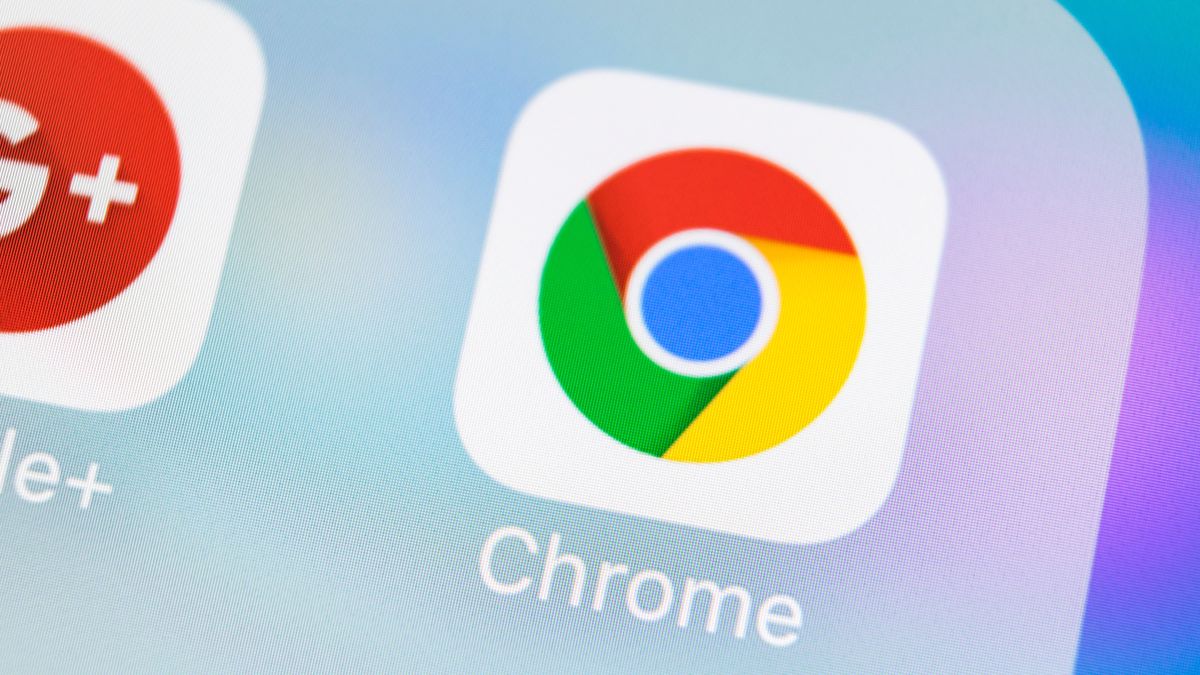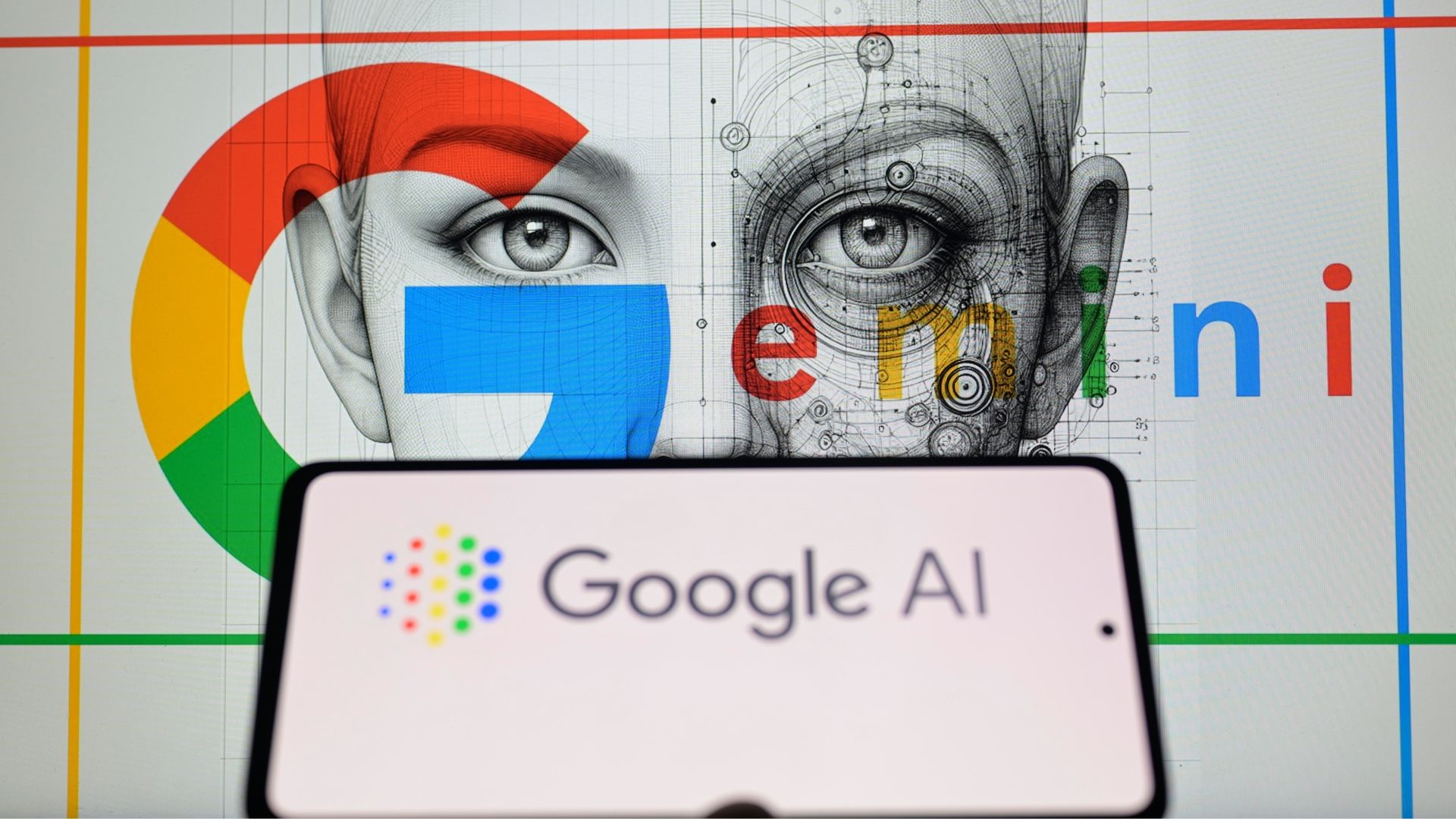
In an unexpected turn of events, Google has inadvertently revealed a sneak peek of its upcoming Android design language, Material 3 Expressive. This exciting update was accidentally published in a blog post ahead of the much-anticipated Google I/O developer conference. While the company swiftly pulled the post down, it sparked a wave of interest, as it promises to reshape the way Android interfaces are designed and experienced by users. Here’s everything we know so far about Material 3 Expressive.

A Major Shift in Android’s Design Language
For years, Google’s Material Design has served as the backbone for Android’s user interface, providing developers with a comprehensive system to create clean, intuitive, and visually appealing experiences. Introduced in 2014, Material Design was an open-source framework that covered everything from visual design to motion and interaction patterns. Fast forward to 2021, and Google introduced Material You (or Material 3), allowing users to personalize their Android experience by matching the system’s design with their wallpaper and color schemes.
However, Material 3 Expressive signals a new iteration in this ongoing evolution, building upon the foundation laid by Material You. According to leaked details from the post, Material 3 Expressive is designed to go beyond aesthetics and focus on creating deeper emotional connections between users and the devices they interact with.
Connecting on an Emotional Level
The biggest shift in Material 3 Expressive is its emphasis on emotional design. Google’s leaked blog post reveals that the new system will prioritize “bold use of shape and color,” aiming to enhance the emotional connection users feel when interacting with their Android devices. This shift focuses on creating more expressive interfaces that don’t just look good but also create a more engaging and intuitive experience.

“Creating delightful user experiences” is one of the central goals of this new design system. Google points out that users are more likely to engage with an interface that feels personal, accessible, and emotionally resonant. By focusing on expressive design, Material 3 Expressive will help highlight key elements and actions within an app, improving usability and boosting performance.
Inclusive Design for All Ages
Another interesting detail highlighted in the leaked blog post is the accessibility improvements that come with Material 3 Expressive. Google mentions that this design philosophy will make apps easier to navigate for all users, including older adults. By making critical actions and elements more prominent, the new system aims to level the playing field, ensuring that Android devices remain user-friendly for individuals of all ages.
While the shift toward more emotional and expressive design is exciting, Google is careful to clarify that it doesn’t mean a one-size-fits-all solution. Developers will still need to respect other established design patterns and standards when customizing their app’s interface, ensuring a balance between innovation and familiarity.
What’s Next for Android Developers?
Although the Material 3 Expressive update is still in the early stages, developers will soon have the opportunity to dive deeper into the new system during Google I/O. The session titled “Build next-level UX with Material 3 Expressive” will provide developers with the tools and knowledge to create emotionally engaging experiences using the new design patterns. Google will also provide access to alpha code and design files, allowing developers to experiment with the changes ahead of the public release.

Preparing for the Future of Android UX
As Google continues to refine Material 3 Expressive, it’s clear that the company is focused on improving both usability and emotional connection in Android apps. This shift could significantly impact how users interact with their devices, offering a more immersive and personalized experience. The updated system will not only make interfaces more engaging but also give developers the tools to create apps that feel more intuitive and meaningful.
The public unveiling of Material 3 Expressive at Google I/O later this month will mark the beginning of a new chapter for Android’s design language. While we don’t know all the details yet, it’s clear that this update is set to make waves in the Android development community.
